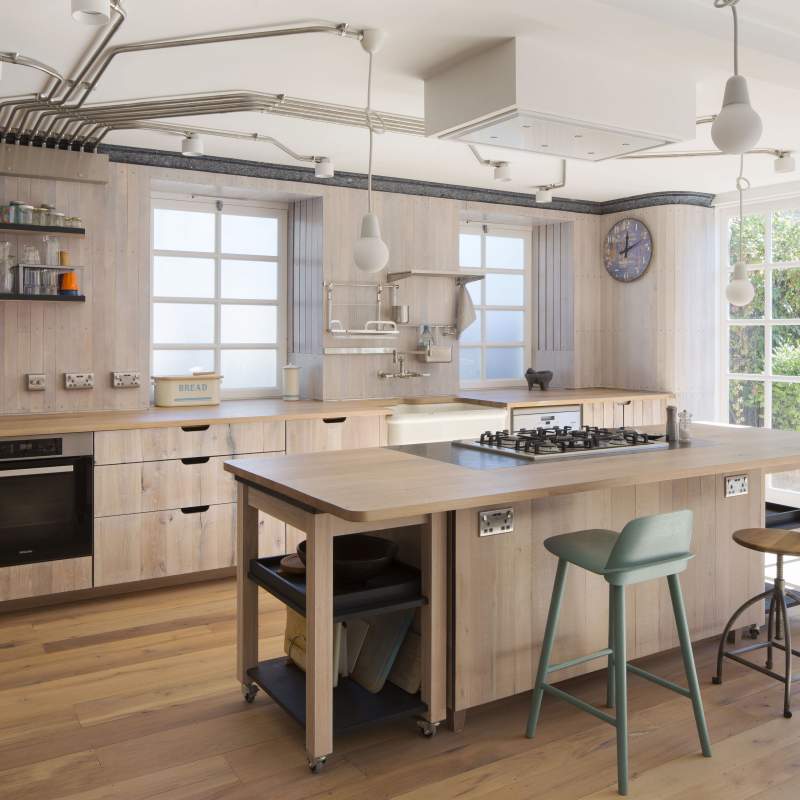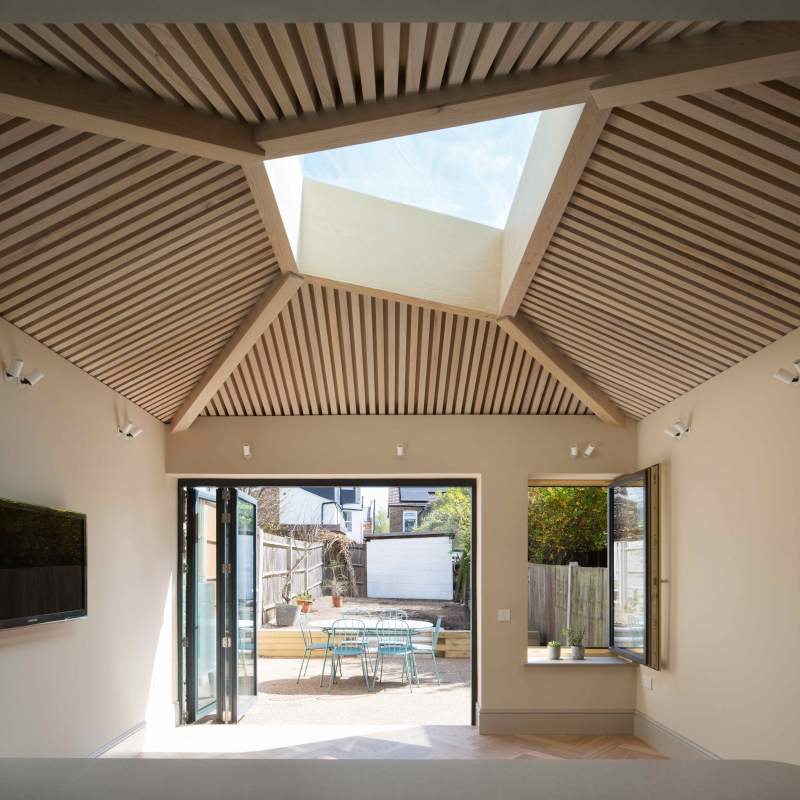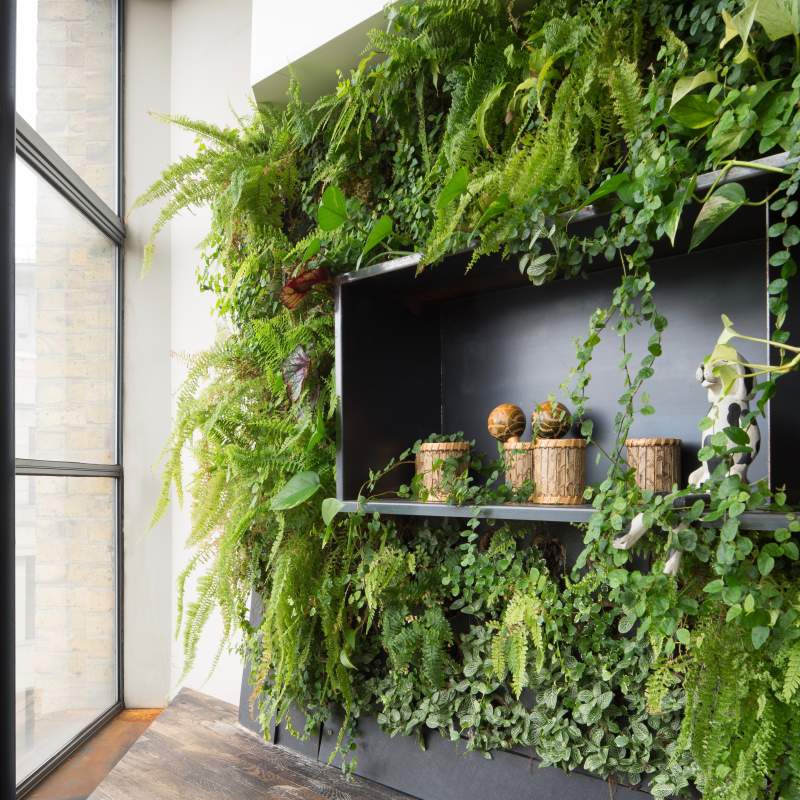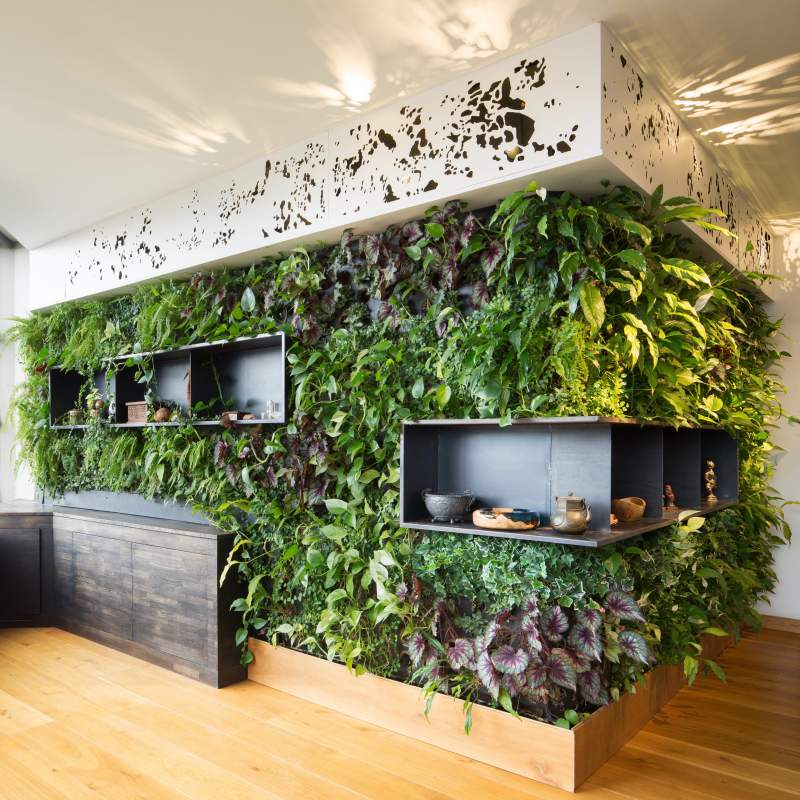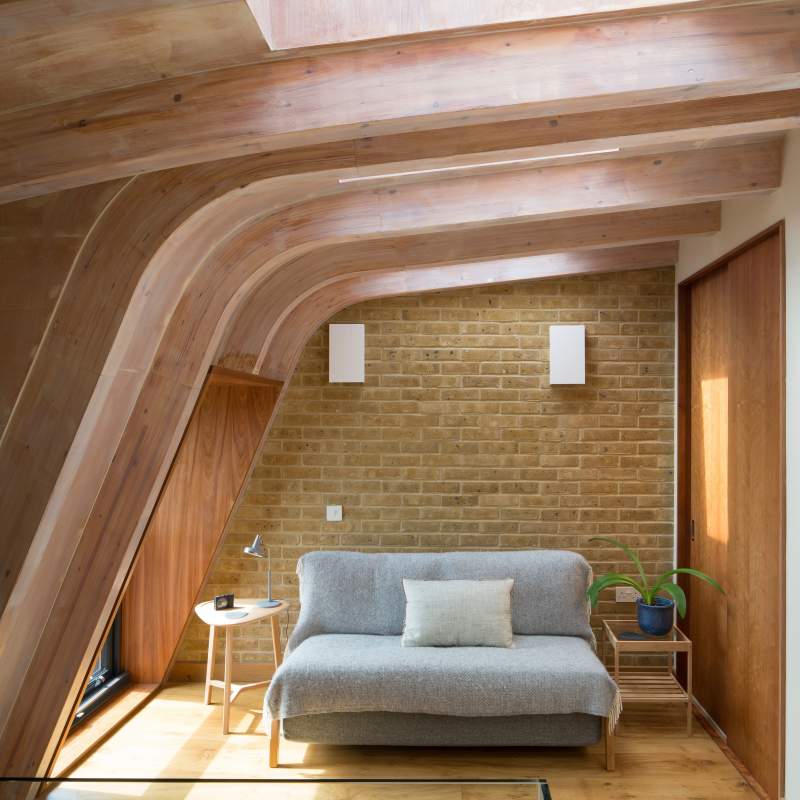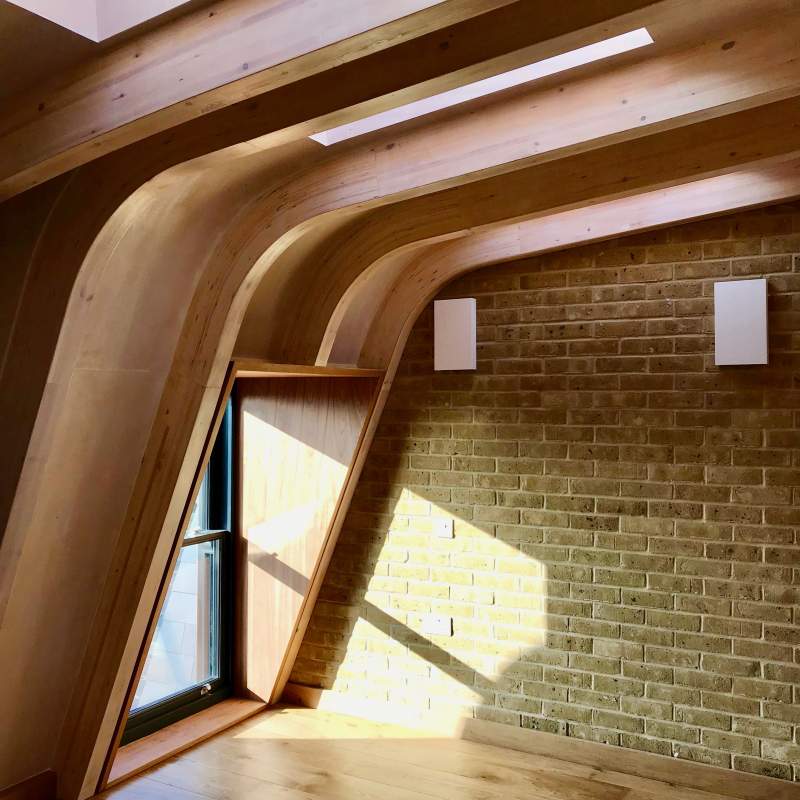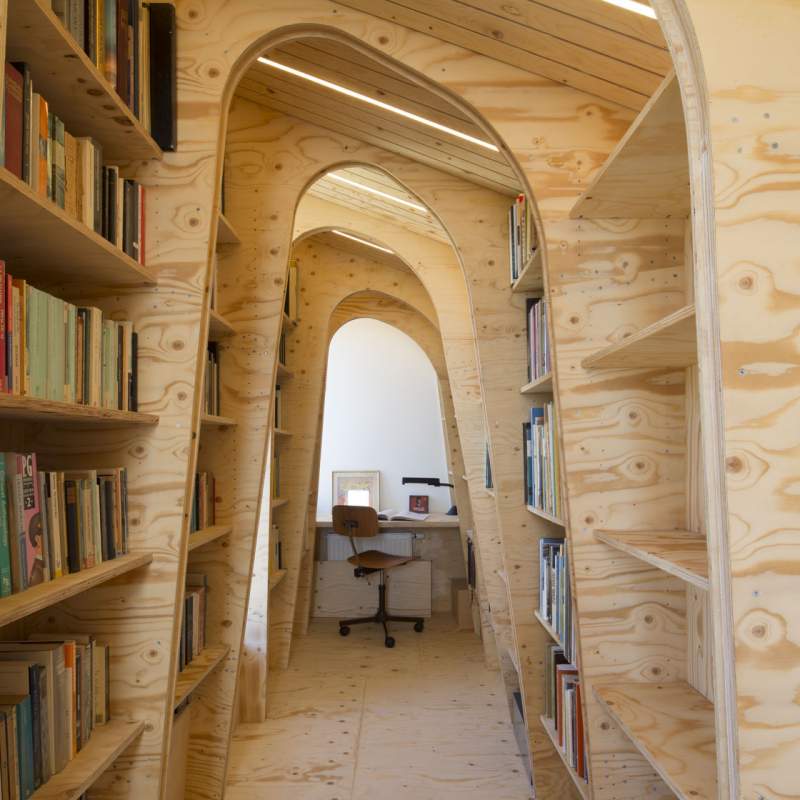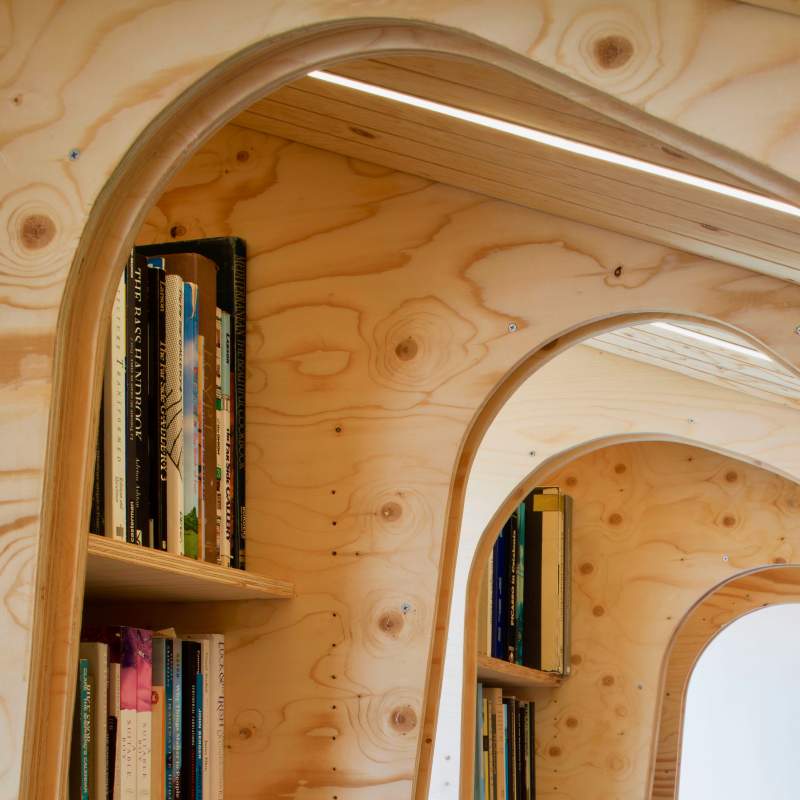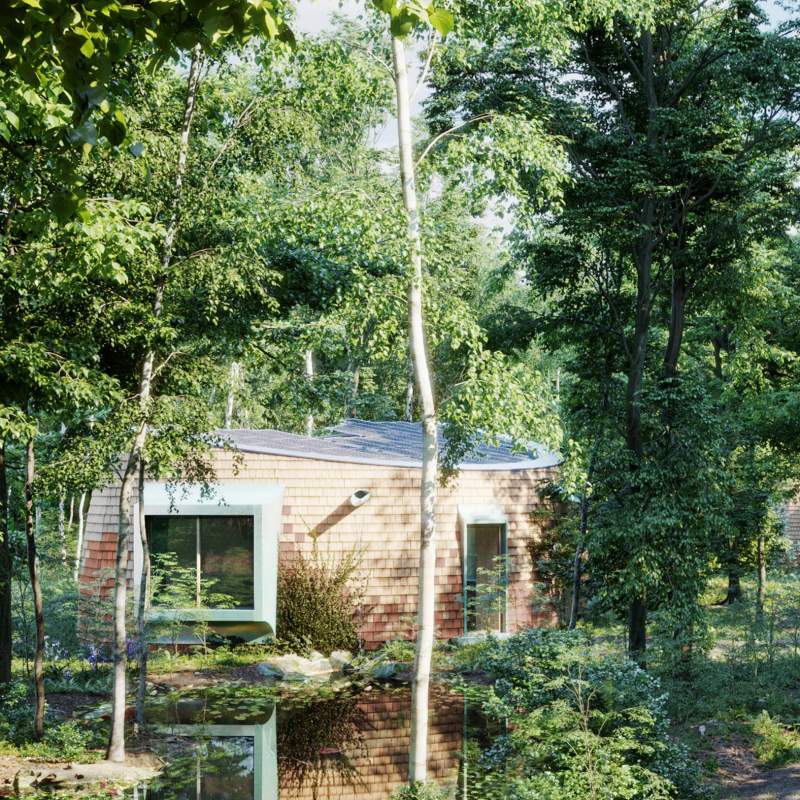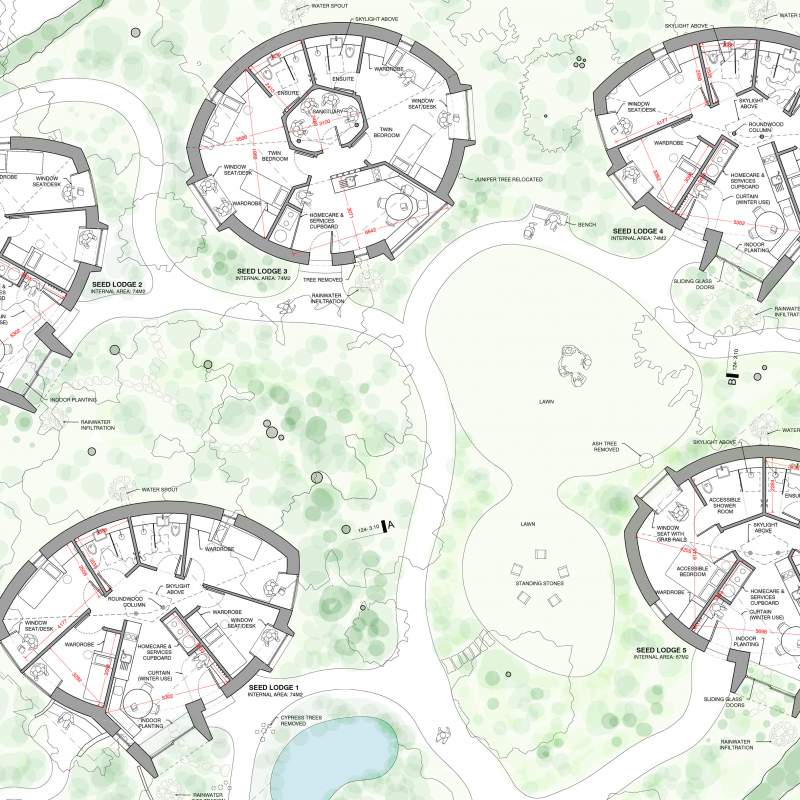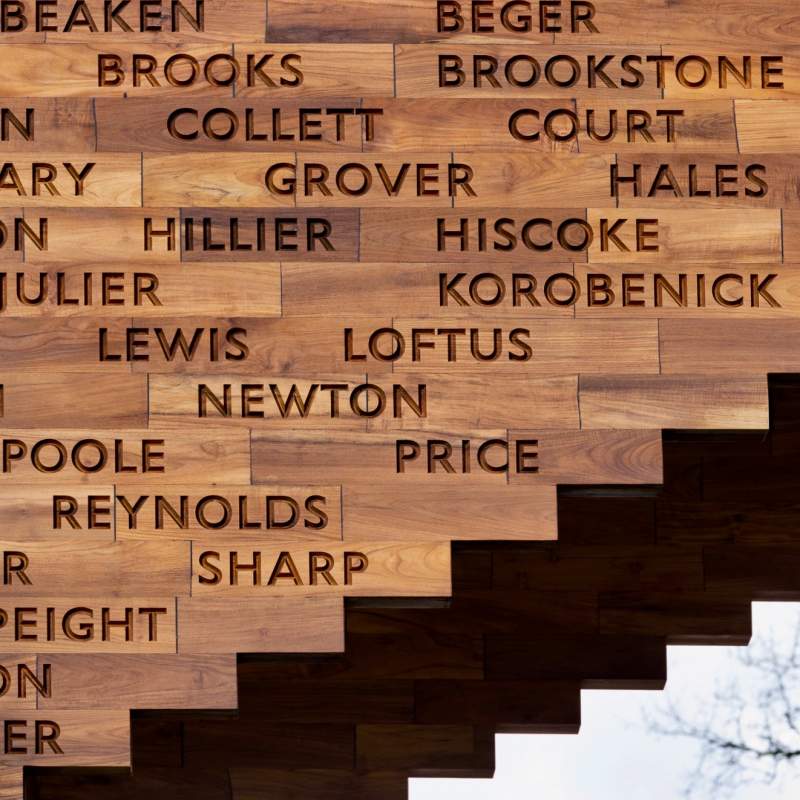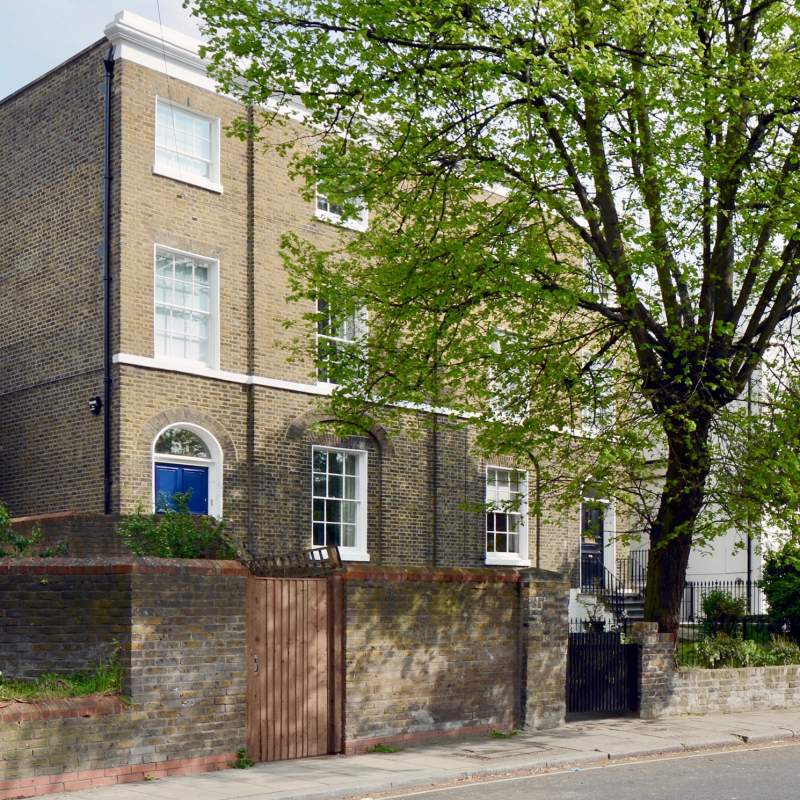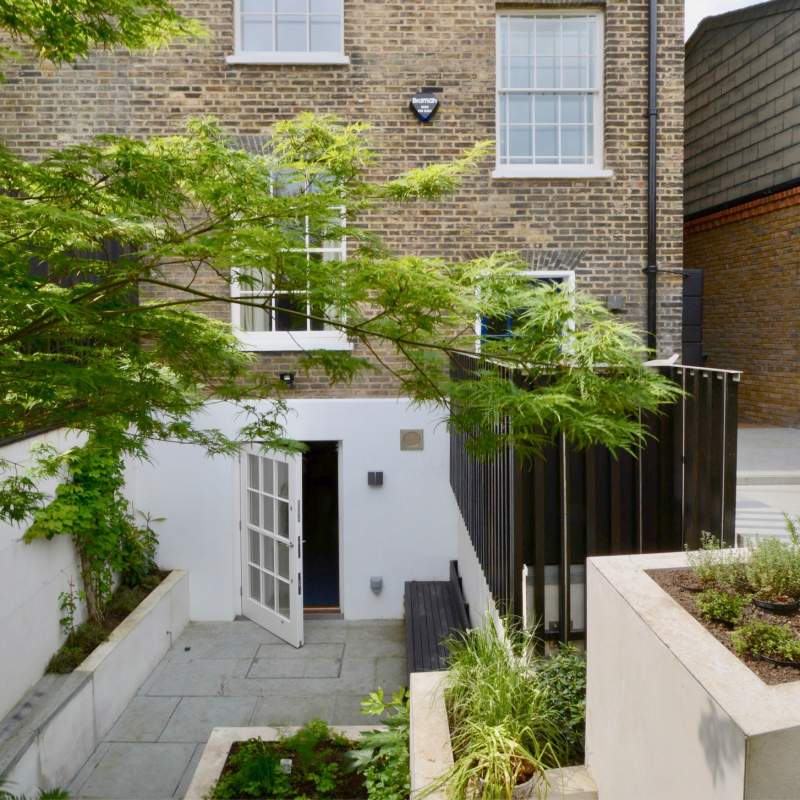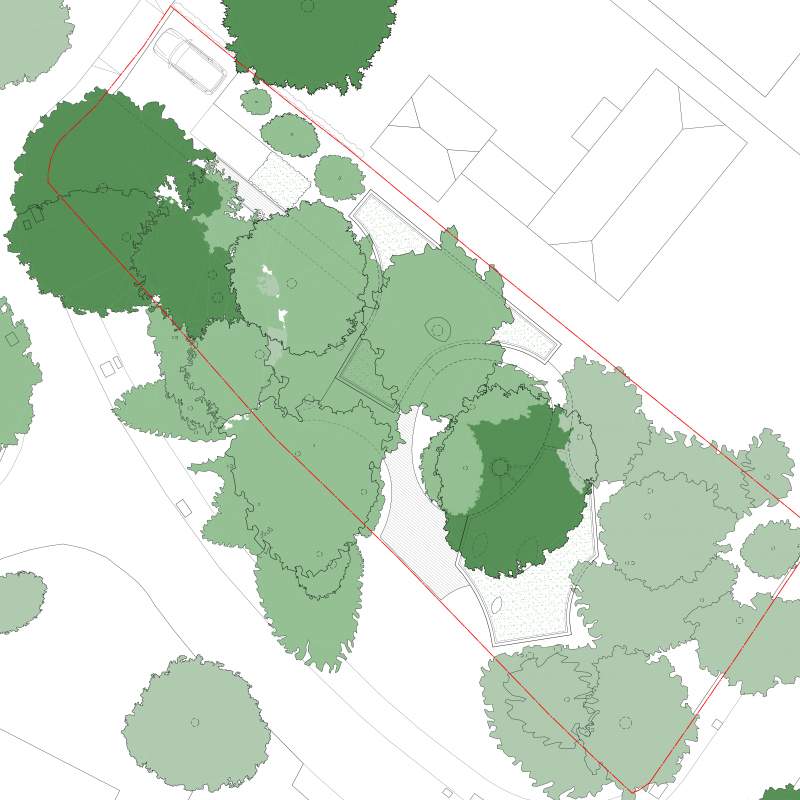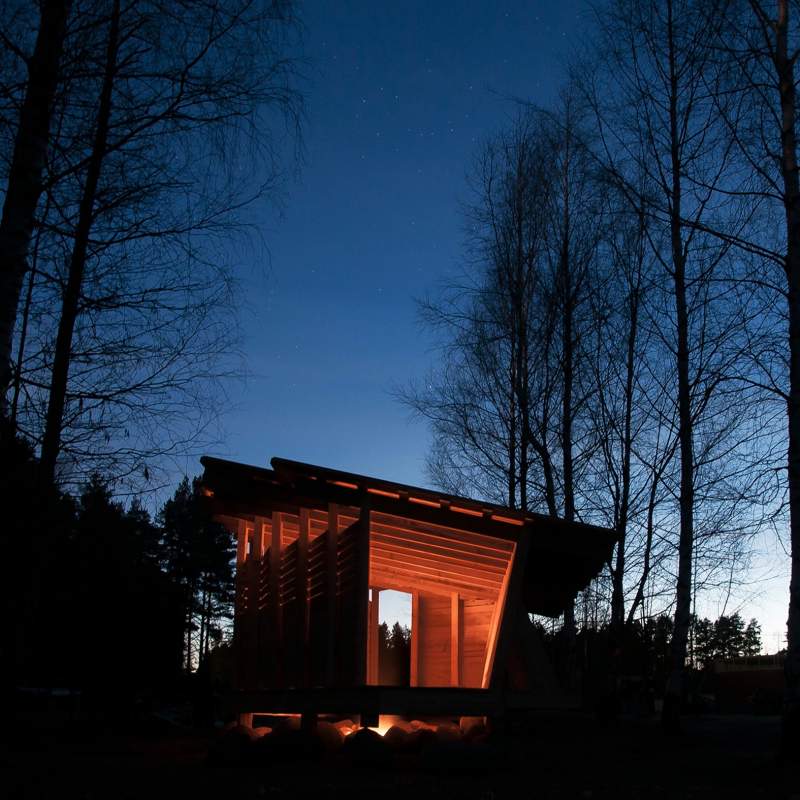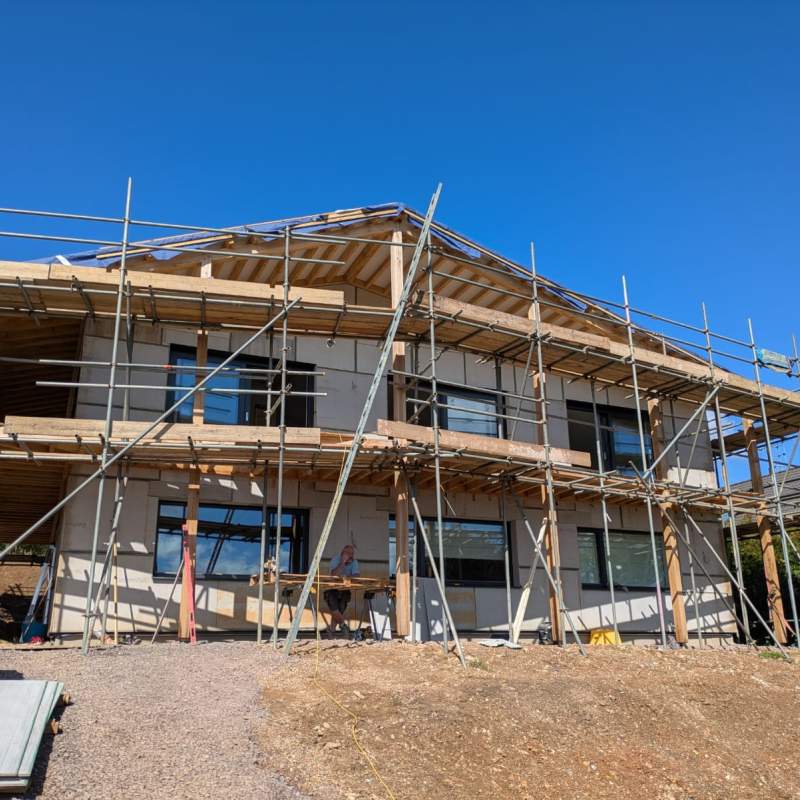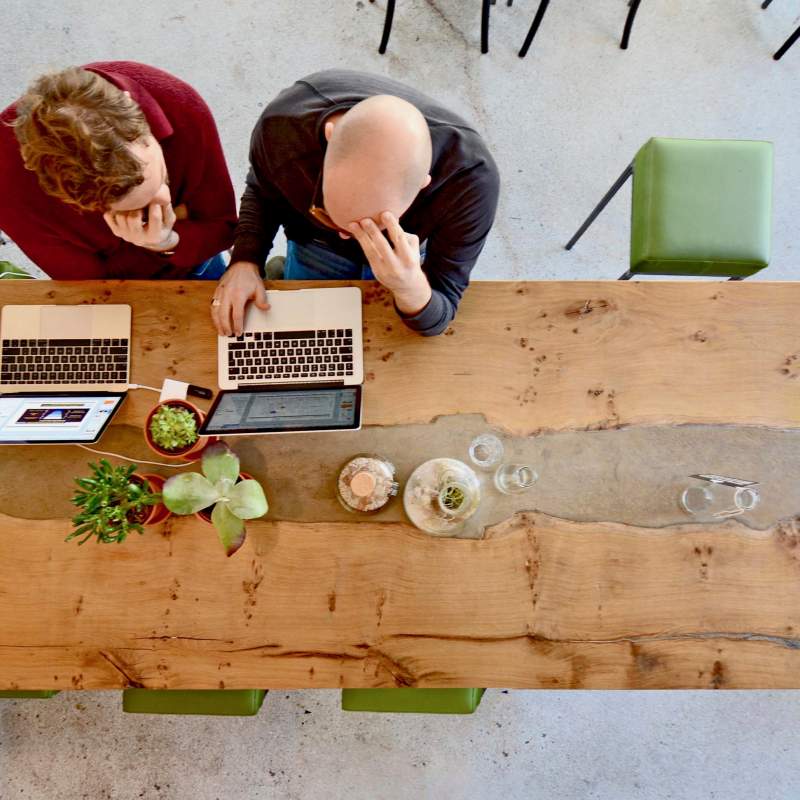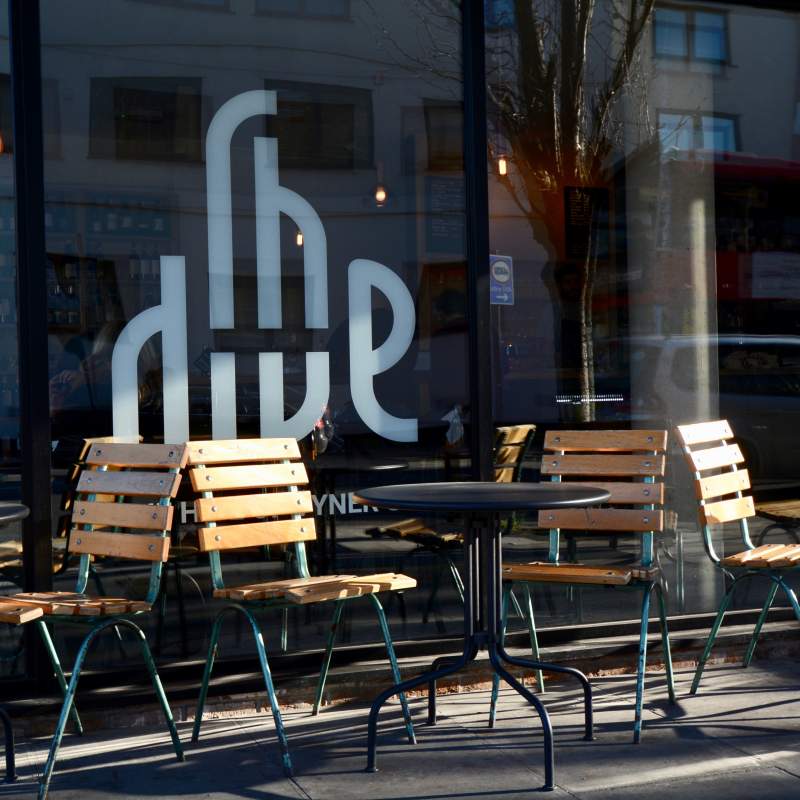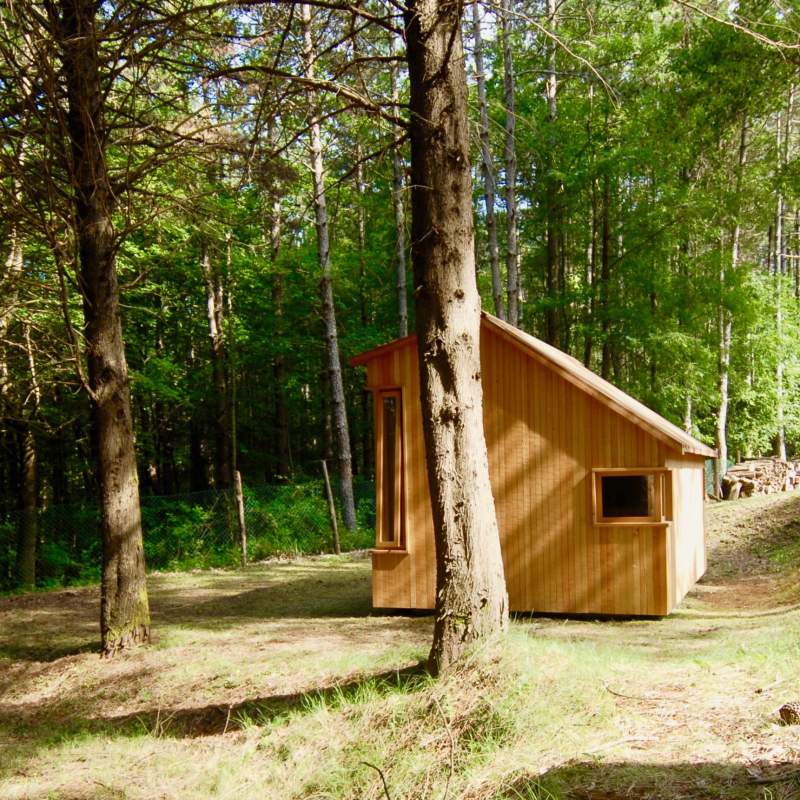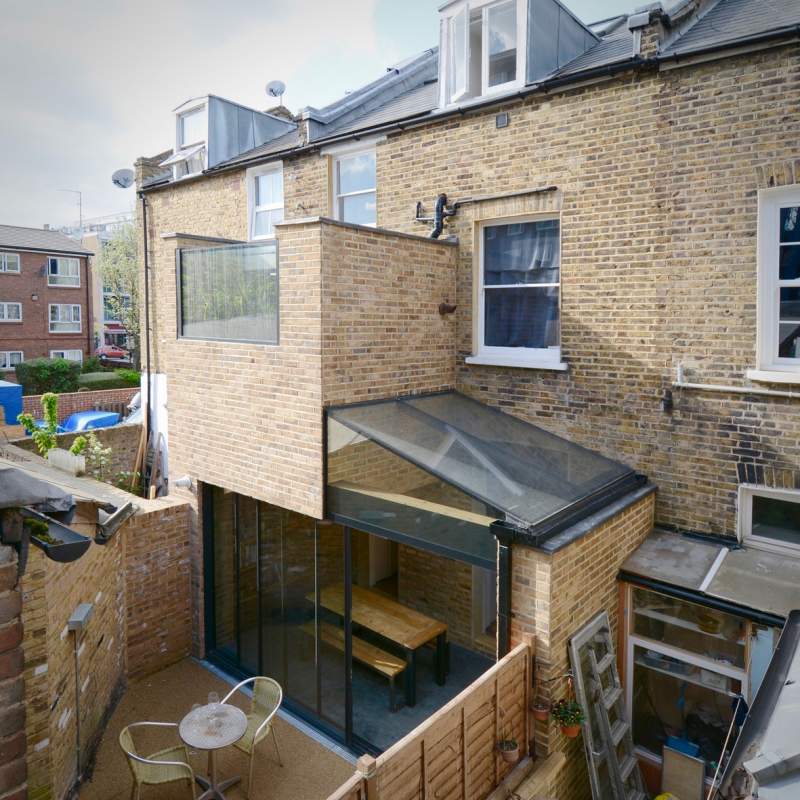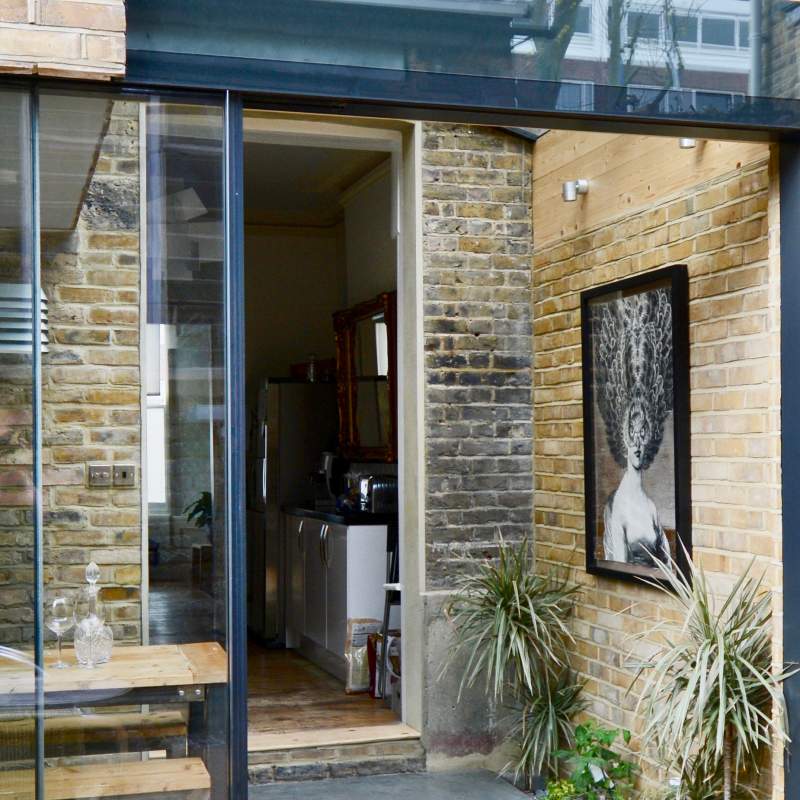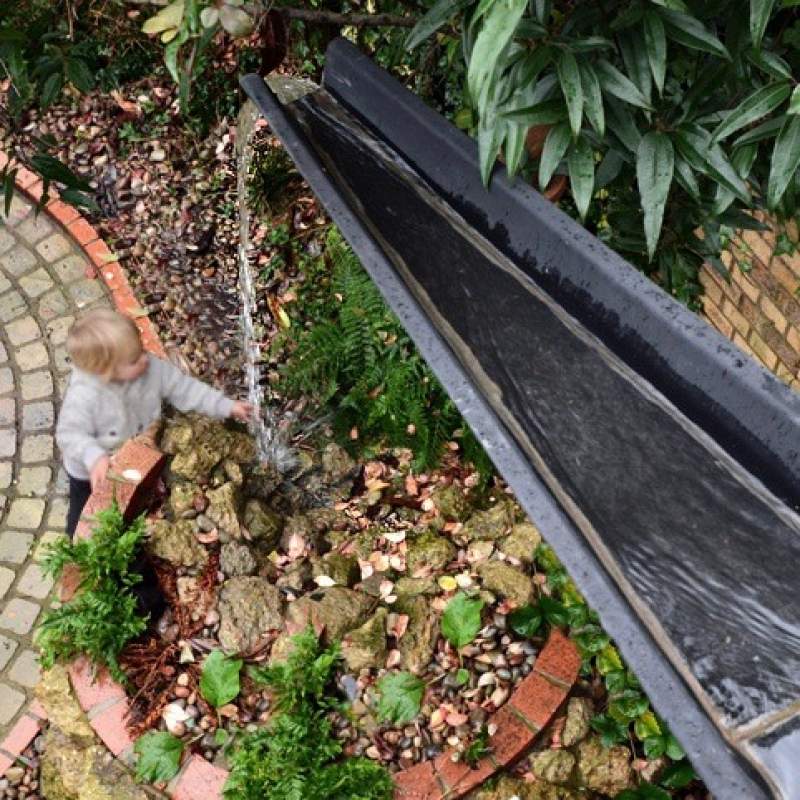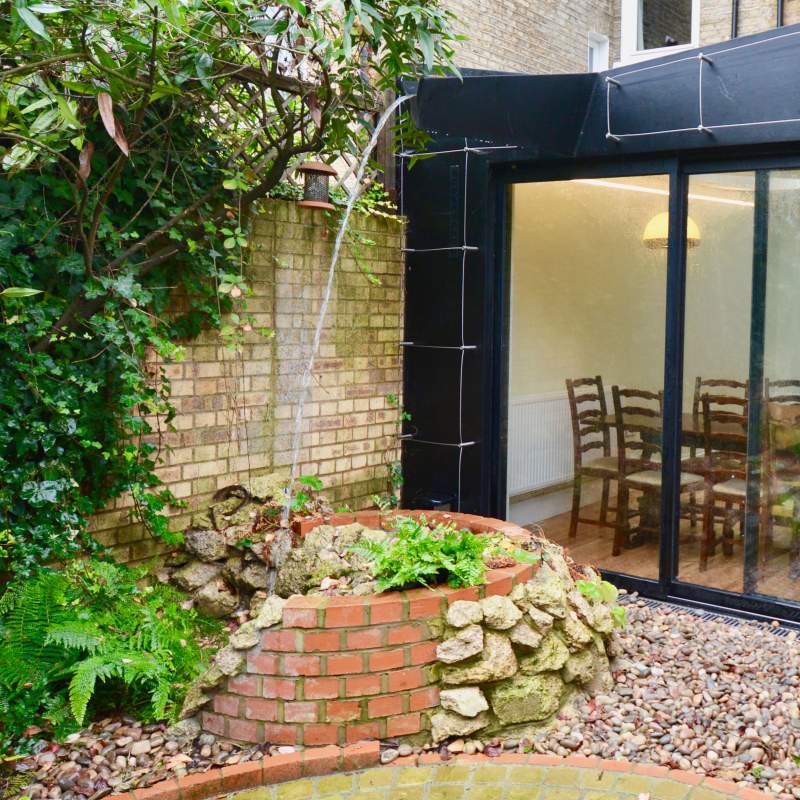Minerva House-within-a-House
Deep Retrofit
Minerva House Renovation: A Vision for the Future
Minerva House, a distinguished three-storey end-of-terrace residence built in 1892, sits in a unique triangular plot in a historically rich neighbourhood. This thoughtfully designed renovation aims to breathe new life into the home while aligning it with the demands of modern living and the pressing need for sustainability in the face of today’s climate and ecological challenges.
The Project
The goal for Minerva House’s transformation is twofold: to create a beautifully designed and constructed home that meets contemporary needs and anticipates future ways of living, and to set a benchmark for sustainable building practices that are both innovative and responsible. The design will honour the home’s historic character while introducing cutting-edge technologies and materials that address current environmental concerns.
The House
Minerva House, with its distinctive solid brick walls in Flemish bond, timber-framed floors, roof, and internal partitions, is an example of late Victorian craftsmanship. Its three-storey configuration, combined with a basement, creates a spacious structure with immense potential for reimagining the interior spaces.
The triangular site offers challenges, particularly with its limited garden space due to the house's broad footprint. However, the house enjoys an enviable southeast-facing aspect, which allows for abundant natural light at the front and side, making these areas perfect for living and social spaces. The rear, however, is overshadowed by neighbouring buildings, reducing natural daylight. This unique dynamic presents an exciting opportunity to experiment with design solutions that maximise light and airflow.
Design Approach
Contemporary Life in a Victorian Home
Minerva House, a spacious Victorian residence, was originally designed with a clear hierarchy between primary and secondary spaces—reflecting the way of life in the late 19th century, where family members and their servants each had their designated areas. However, as lifestyles and expectations have evolved, so too must the design of the house. The renovation of Minerva House seeks to resolve the contrasts between Victorian living and contemporary needs, ensuring that the home remains functional, connected, and beautiful for today’s family.
The Kitchen: From Servants’ Quarters to Social Hub
In Victorian times, the kitchen was a utilitarian space, tucked away from the rest of the house and managed by servants. It was small, practical, and focused solely on function. Today, however, the kitchen serves as the heart of the home—a vibrant, social hub where families gather, share meals, and entertain.
At Minerva House, the kitchen’s transformation will involve significant alterations to both its size and ceiling height, making it a bright, airy, and open space. By optimizing the layout, the kitchen will seamlessly flow into adjacent living areas, creating a modern, interactive space while maintaining the home’s historical charm.
Living Spaces: Open and Interconnected
The traditional Victorian layout favored a series of small, cellular rooms, each with its own defined purpose. While this approach worked for private areas like bedrooms, it doesn’t always align with the demands of today’s lifestyle, particularly in terms of social spaces.
Minerva House will embrace a more open-plan design on the ground floor, with interconnected living areas that foster a sense of flow and togetherness. The formal division of spaces will be softened to allow for greater flexibility, allowing each room to adapt to how the space is used day-to-day, whether for family time, work, or entertaining.
The Garden: From Practical Yard to Outdoor Retreat
Historically, the Victorian garden was a functional space, often serving as a practical yard for laundry, outdoor toilets, and other household needs. Over the years, gardens have evolved into extensions of the living space—places for relaxation, outdoor dining, and a connection with nature.
The garden at Minerva House will undergo a significant transformation to create a seamless connection between the indoor living areas and the outdoors.
House-within-a-House
The Victorian home relied upon a coal fireplace in almost every room, heavy clothes and a fair tolerance for thermal discomfort. Adding insulation and eliminating drafts are primary strategies to increase comfort and reduce the need for energy-intensive, active heating systems, but they must be designed to be compatible with the existing building fabric and manage moisture risk. Internal wall insulation reduces heat loss and reduces heat reaching the bricks. The cold bricks can lead to moisture condensing on their inside faces but if there is a ventilated gap between the bricks and the new timber walls, any moisture can evaporate away. The idea of a wood-framed and wood fibre insulated structure sitting behind the brick wall and separated by a gap, we have called house-within-a-house and we are investigating both its technical performance and aesthetic potentials.
Strategies and Stories of Reuse
We are inspired by Carlo Scarpa to find beauty in the marriage of new and old construction elements when they interact in poetic contrasts rather than blending, covering up and homogenisation. Reuse of existing materials is an opportunity for beautiful architectural experiences, the re-telling of histories of the place and reductions of the embodied carbon of the building. The reuse concept is a natural fit with house-within-a-house as the deconstructed internal wall and floor materials are reprocessed into the new proposal, while at the same time the brick walls are revealed through cuts and exposed surfaces to have a presence on the interior.
Sustainable Design
Embodied Carbon
Our primary definition of sustainability is the reduced emission of carbon dioxide and equivalent greenhouse gasses that are significant contributors to the climate crisis. Atmospheric carbon dioxide is currently 430ppm whilst in the 900,000 years prior to 1950 it has never exceeded 300ppm. Buildings have been attributed to 40% of annual global CO2e emissions, with 30% coming from their day-to-day consumption of energy and 10% from their construction and maintenance. We will map a path for both embodied and operational carbon to reach zero and potentially draw down carbon through its sequestration in wood and other plant-based building products.
Embodied carbon is the emissions caused by the manufacturing, delivery and installation of a building material and these vary hugely for different materials, suppliers and locations.
Plant-based materials and anything that can be produced without large amounts of heat have much lower embodied carbon. Choice of material is the primary factor but sometimes the same material or product from different manufacturers can have quite different emissions, especially in the case of manufacturers using renewal energy in their factories. Locality to the building site will reduce emissions from transport.
Reclaimed materials from the existing building or from reclamation companies in the area also provide a source of near-zero embodied carbon building components. Using these avoids the need to purchase new products manufactured from virgin materials and using large amounts of energy in their fabrication.
Wood and plant-based materials have absorbed CO2 from the atmosphere whilst they were growing and this is now locked up in the material and essentially stored in the building. This sequestration of carbon can be measured against manufacturing emissions such that a timber beam, for example, has net emissions of less than zero.
Our aim for the project is to keep embodied carbon to an ambitious minimum and for carbon sequestration to exceed emissions for a result that is better than net zero. We define the ambitious minimum following the RIBA 2030 Climate Challenge factor of <300 kgCO2e/m2.
Operational Carbon
When the building is completed and occupied it will use electricity for heating, hot water, lighting and power. This electricity will be sourced from the UK grid at whatever intensity of carbon emissions it then has. Today this is estimated at around 150 gCO₂/kWh whereas five years ago it was around 200 gCO₂/kWh. Though estimates and methods of measuring vary quite widely, the trajectory is certainly towards zero. The government has a declared target of zero by 2035 whilst numerous reports state that sufficient progress to achieve this target is not being made.
Our aim for the project is to bring down operational carbon to an ambitious minimum, again defined by the RIBA 2030 Challenge as < 35 kWh/m2/y. Your needs for hot water, lighting and power are fairly fixed and can only be slightly reduced by the use of energy efficient appliances (and by your own behavioural choices), but space heating can be significantly reduced by the thermal performance of the building. The current average UK home uses 60% of its energy for space heating so this single element can make a large impact, hence the evolution of Passivhaus and the drive for well insulated homes.
In addition to the design measures that we will develop to reduce operational carbon, the generation of renewable energy on site from photovoltaic panels (PV) is proposed. Similarly to carbon sequestration, renewable energy generated on site can be considered both separately and as a net reduction to the operational carbon. In addition to the goal of reducing operational carbon, we will aim to generate more electricity annually than is used annually. During the winter and at night the house will draw from the grid and during the summer and the daytime it will export to the grid.
It is difficult to integrate PV with a multi-pitch historic roof so PV tiles over the whole roof will be the first option to investigate. The amount of battery storage will also be investigated. This has the pro of allowing more energy to be used on site but the cons of cost and embodied carbon.
Other Sustainability Targets
The use of non-toxic and non-polluting materials sourced from ethical companies is another aspect of the wider sustainability aims of the project. As well as providing better protection for the places and people where these materials originate, such an approach to specification can provide a healthy indoor environment without toxic off-gassing materials built into the building fabric. Paints, carpets and internal finishing materials generally are often the most important elements.
Potable water use is another RIBA 2030 Challenge target, set at < 75 l/person/day. The project will achieve this through careful specification of fixtures and through the collection of rainwater for irrigating plants in the house and garden. If you wish to take this aspect further and collect rainwater for domestic use, please let us know.
Although the property has a small garden, it can still be designed to provide a meaningful benefit to local wildlife through the provision of food sources, water sources and shelter. This means correct specification of native plant species as food sources for insects and birds and the design of some small water retention basin or pond. Shelter can be provided through planting as well as bird, bat, bee and insect boxes or other habitable structures integrated into the house and/or bike store.








